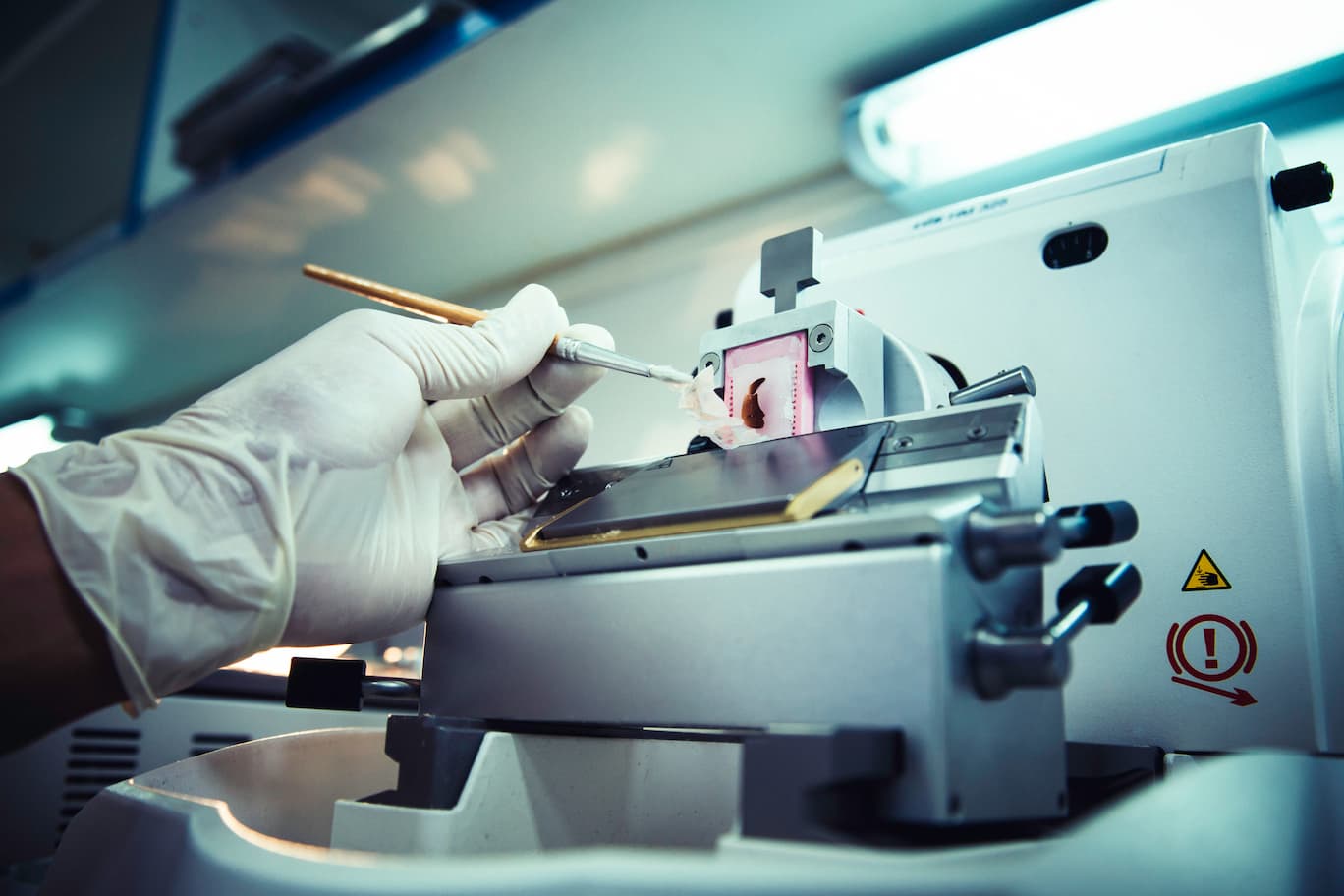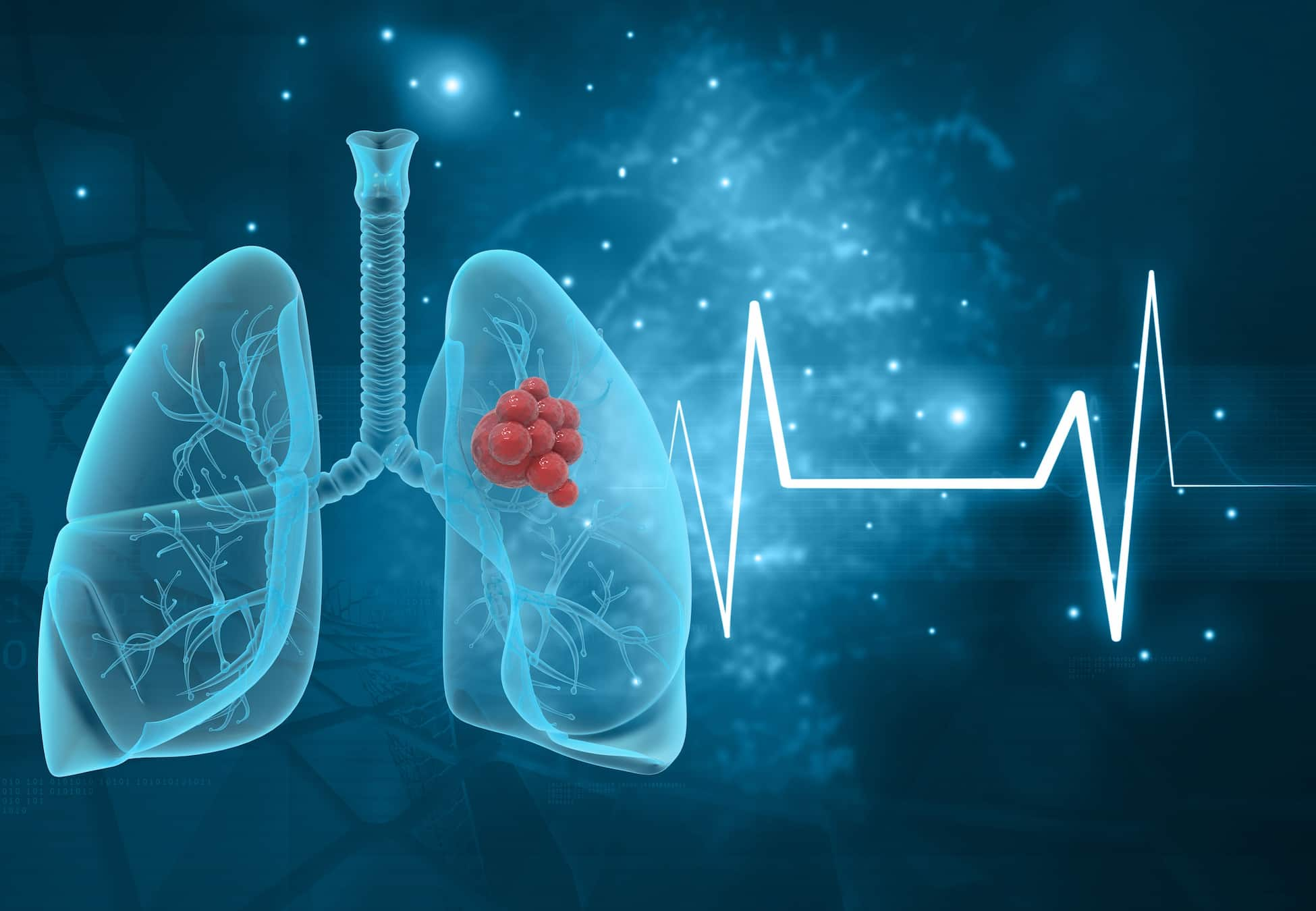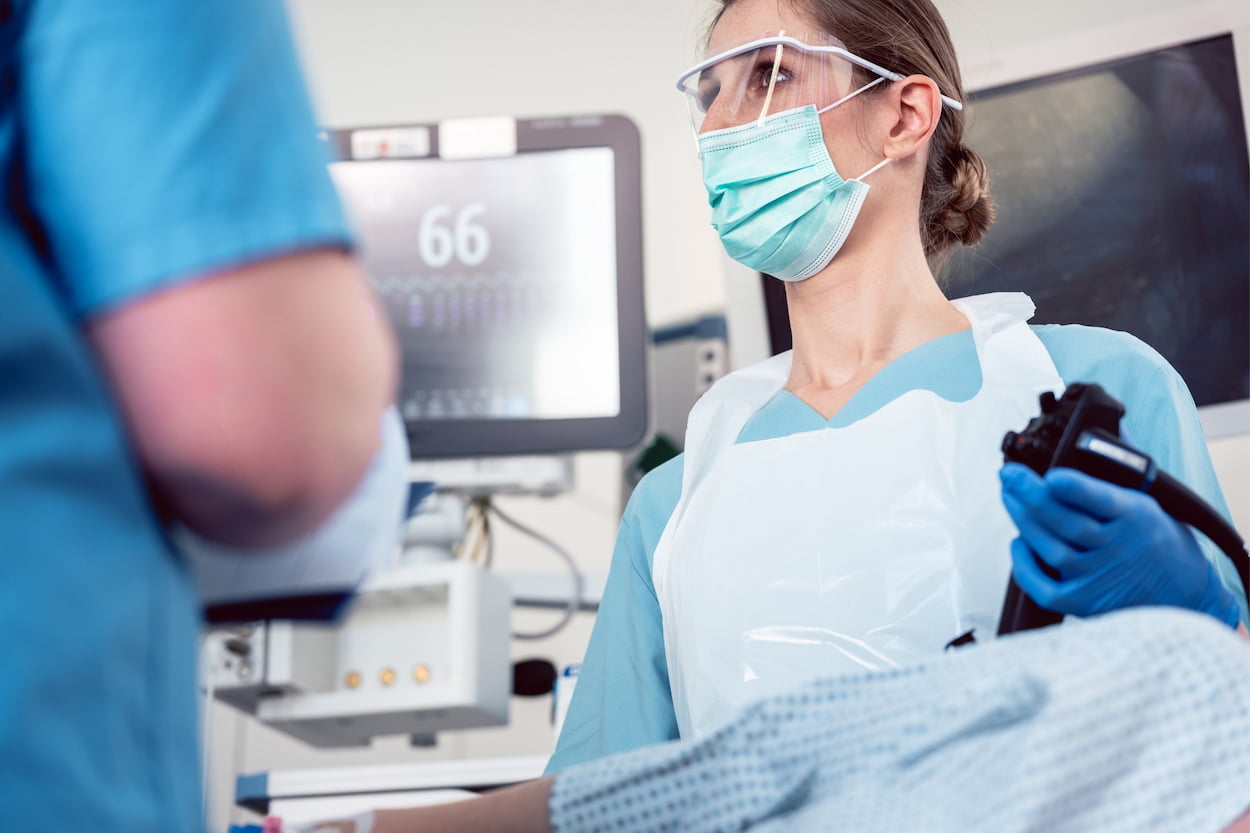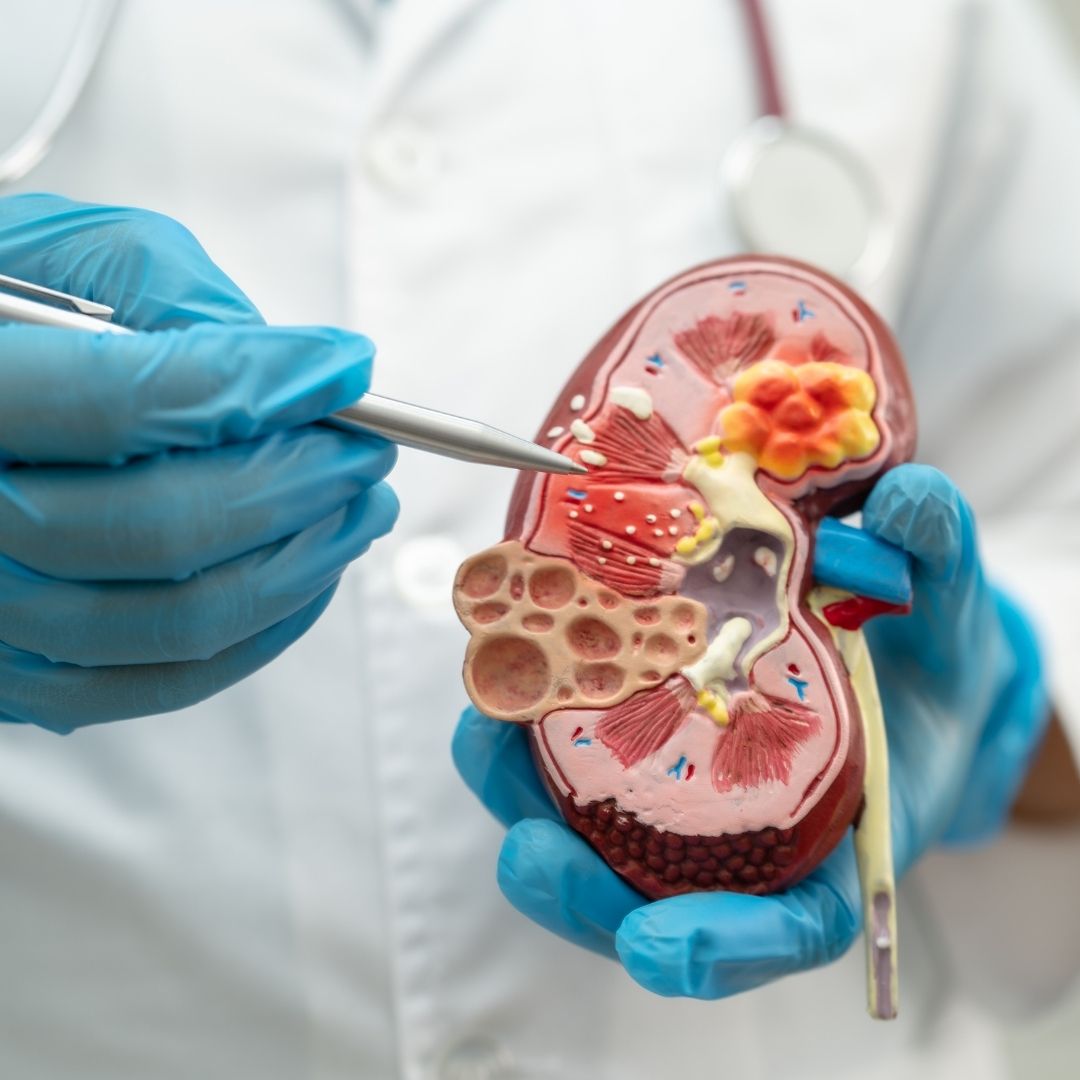
Lung Biopsy
If you have been referred for a lung biopsy, you may be feeling anxious or apprehensive about what the procedure entails. A lung biopsy is a medical test that is used to diagnose various lung conditions. It involves removing a small piece of lung tissue for examination under a microscope.
In this article, we will explore what you can expect from a lung biopsy, including the different types of biopsy, the risks and benefits, and the recovery process.
Types of Lung Biopsy
There are three main types of lung biopsy: bronchoscopy, needle biopsy, and open biopsy. Bronchoscopy is the least invasive of the three and involves passing a thin, flexible tube (bronchoscope) through the mouth or nose and into the lungs. The tube has a camera attached to it, which allows the doctor to view the inside of the lungs and take a small sample of tissue for examination.
Needle biopsy is also minimally invasive and involves using a needle to remove a small sample of lung tissue. This can be done under local anesthetic or sedation. An open biopsy is the most invasive and involves making a small incision in the chest and removing a larger sample of lung tissue. This type of biopsy is usually performed under general anesthetic.

Risks and Benefits of Lung Biopsy
Like any medical procedure, a lung biopsy carries some risks. The most common risk is bleeding, which can occur during or after the biopsy. In rare cases, a collapsed lung (pneumothorax) or infection can also occur. However, the benefits of a lung biopsy usually outweigh the risks. A biopsy can help diagnose a range of lung conditions, including lung cancer, infections, and inflammatory lung diseases. Early diagnosis can lead to more effective treatment and better outcomes.
Recovery After Lung Biopsy
After a lung biopsy, you will need to rest for a few hours before you can go home. You may experience some pain or discomfort at the biopsy site, and you may also have a cough or feel short of breath. This is normal and should improve within a few days. Your doctor may prescribe pain medication to help manage any discomfort. It is important to avoid strenuous activity and heavy lifting for a few days after the biopsy to allow your body to heal. You should also avoid smoking and exposure to secondhand smoke, as this can increase the risk of complications.
Pain After Lung Biopsy
One of the most common concerns for patients after a lung biopsy is pain. It is normal to experience some pain or discomfort at the biopsy site, and this can last for several days. The level of pain can vary depending on the type of biopsy you had and your individual pain tolerance. For most people, the pain is manageable with over-the-counter pain medication such as acetaminophen or ibuprofen. Your doctor may also prescribe stronger pain medication if necessary.
It is important to keep the biopsy site clean and dry to reduce the risk of infection. You should avoid taking baths or swimming until the site has fully healed. It is also important to follow your doctor’s instructions for wound care and dressing changes. If you notice any signs of infection, such as redness, swelling, or discharge, you should contact your doctor immediately.
Lung Biopsy Recovery
The recovery process after a lung biopsy can vary depending on the type of biopsy you had and your individual health status. Most people can return to their normal activities within a few days to a week after the biopsy. However, it is important to listen to your body and avoid overexerting yourself. You may need to take more time off work or reduce your physical activity if you experience ongoing pain or discomfort.
It is also important to monitor your symptoms carefully after the biopsy. If you experience any new or worsening symptoms, such as fever, cough, or shortness of breath, you should contact your doctor right away. These symptoms could be a sign of complications such as infection or a collapsed lung.
In addition to rest and wound care, there are some steps you can take to support your lung biopsy recovery. Eating a healthy diet with plenty of fruits, vegetables, and lean protein can help promote healing. Drinking plenty of water can also help flush toxins out of your body and support healthy lung function. It is also important to avoid smoking and exposure to secondhand smoke, as this can delay healing and increase the risk of complications.
The Study of Lung Biopsy
A recent study published in the Journal of Pulmonology examined the outcomes of 500 patients who underwent different types of lung biopsies, including bronchoscopy, needle biopsy, and open biopsy. The study found that the overall complication rate for lung biopsies was low, with bleeding being the most common risk. The study’s findings reinforce the safety and diagnostic value of lung biopsies in assessing various lung conditions.
Understanding the Results of a Lung Biopsy
If you’ve undergone a lung biopsy, it’s important to understand what your results mean. Your doctor will likely discuss the results with you and explain what they indicate about your health. Here are some key points to keep in mind when interpreting the results of a lung biopsy.
How Long Does it Take to Get Results?
The amount of time it takes to receive your biopsy results can vary depending on several factors, including the type of biopsy you underwent, the size of the tissue sample, and the lab’s workload. In some cases, you may receive preliminary results within a few days, while more detailed results may take a week or longer.
It’s important to keep in mind that waiting for biopsy results can be a stressful and anxiety-provoking time. If you’re feeling anxious or overwhelmed, it’s important to reach out to your healthcare provider for support and guidance.
What Do Abnormal Results Mean?
If your biopsy results are abnormal, it may indicate that there is an issue with your lung health. Abnormal results can indicate a range of conditions, from infections to cancer. Your doctor will work with you to develop a treatment plan based on the specific diagnosis.
It’s important to note that abnormal results don’t necessarily mean that you have cancer. There are many non-cancerous conditions that can cause abnormal lung biopsy results. However, if your results do indicate cancer, your doctor will discuss treatment options with you, which may include surgery, radiation therapy, or chemotherapy.
What Do Normal Results Mean?
If your biopsy results are normal, it means that the tissue sample taken during the biopsy doesn’t show any signs of disease or abnormality. This is good news, as it suggests that your lungs are healthy and functioning properly.
However, it’s important to remember that a normal biopsy result doesn’t necessarily rule out the possibility of lung disease. If you continue to experience symptoms such as coughing, shortness of breath, or chest pain, it’s important to discuss your concerns with your healthcare provider.
What Happens Next After Receiving the Results?
After you receive your biopsy results, your doctor will discuss the next steps with you. Depending on your diagnosis, these may include follow-up appointments, additional testing, or treatment options.
If your biopsy results indicate that you have a serious condition such as cancer, it’s important to work closely with your healthcare provider to develop a treatment plan that works for you. This may involve multiple appointments with different specialists and may require significant lifestyle changes.
If your biopsy results are normal, it’s important to continue to prioritize your lung health through healthy lifestyle choices such as quitting smoking, avoiding exposure to secondhand smoke and other lung irritants, and getting regular exercise.



